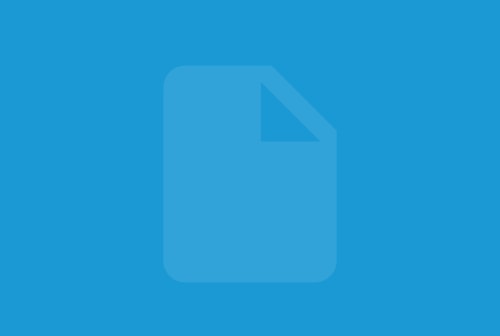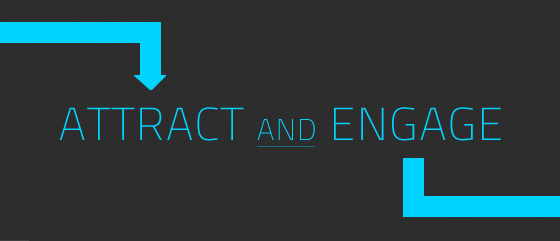Well, that’s a long conversation. But I can winnow it down to a snappy answer: As much as will help you achieve your goals, and as little as possible.
In other words, think of creativity in terms of preparing a meal. In most cases, you’d assume the act of cooking is where the creativity happens, and the incidentals — things like pots and pans and plates and condiments — are purely functional. Probably so. But when it comes to web design, it’s the opposite. You’ve got to think of your content as the food — the base unit that keeps you alive — and everything else as support. The content is the food; the website is the pots and pans. And creativity? Well, in this metaphor, think of creativity like you would a platter or seasoning. If it doesn’t support or enhance the content, it has no place on the table.
The Website Audit
In principle, balancing creativity with the purpose of what you’re designing should be easy to do. Unfortunately, it’s anything but. Time and again, my clients enthusiastically — if not fervently — agree on the strategic goals of their digital marketing system, only to forget them entirely the moment someone opens Photoshop or Sketch. Why? Because they haven’t had a tool or system that protects those original goals and holds future design decisions accountable to them.
It was that pattern, observed over and over again, that led me to create an auditing system to provide the accountability and direction design teams need. Its goal is to evaluate an existing website according to our rigorous, strategic perspective on digital marketing as well as to express the probable success of a design in process, both in the simplest way possible.
This system is a strategic design diagnostic framework that evaluates sixteen individual characteristics within four main criteria…

White Paper
Unlock this Free Article
“How creative can we be here?”
Though not always put that simply, this question is asked by every single one of my agency clients. More generally, the balance between creativity and utility is often the subject of our conversations, especially after I do my initial audit of their websites and existing design documentation.
And my answer? Well, it’s always the same, too: If you can get just four things right, you can be as creative as you want.
You see, creativity and utility are not mutually exclusive. They are, like so many things that appear to be in opposition or conflict in this world, in need of proper balance. And ironically, both are short words that stand for big ideas. Creativity, especially. At its most basic, creativity is about the act of making, so naturally, creativity cannot be completely eclipsed by utility. That would make no sense. What do we make things for? Even if the things we make don’t have a specific use, there is always a purpose

